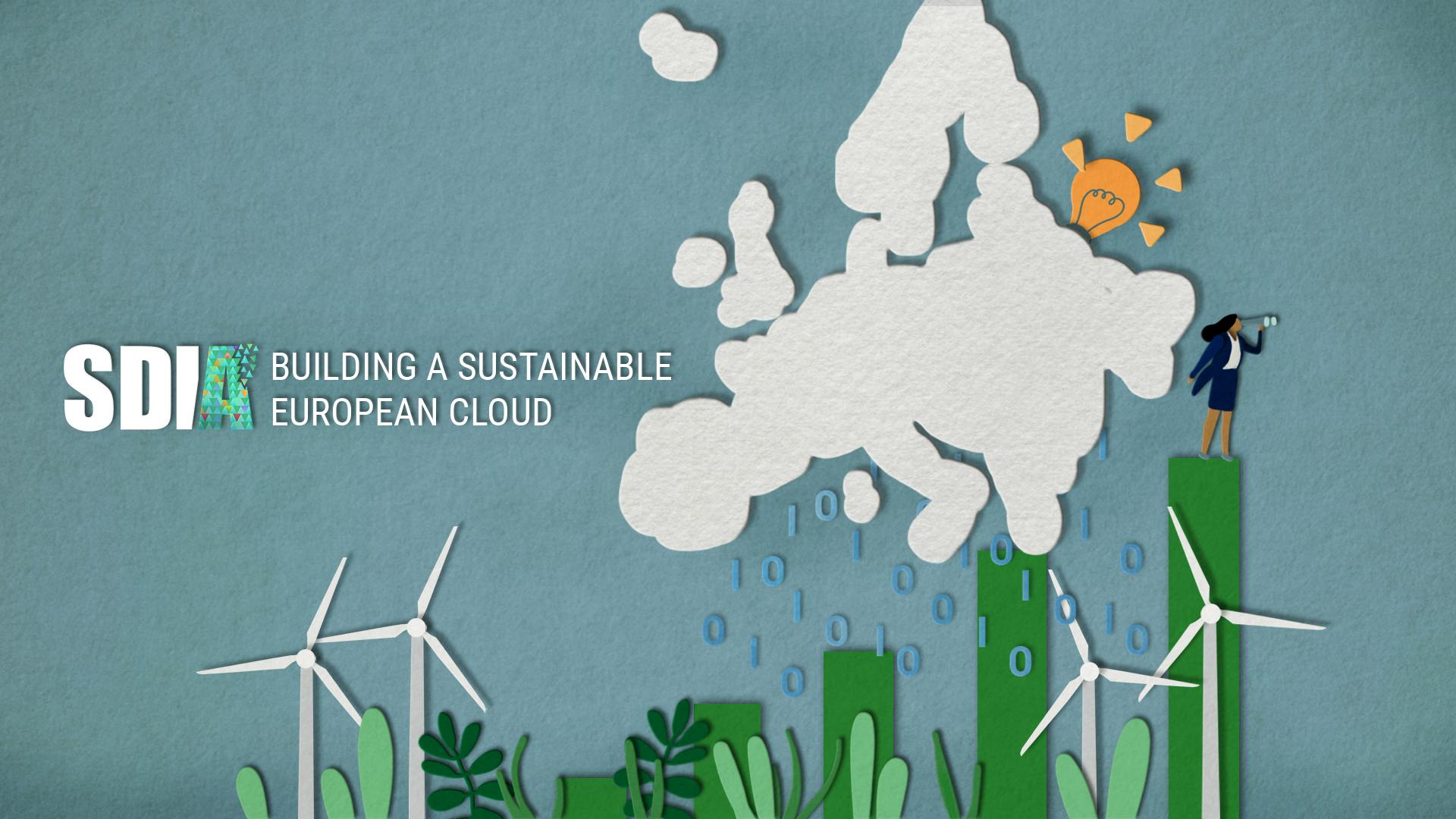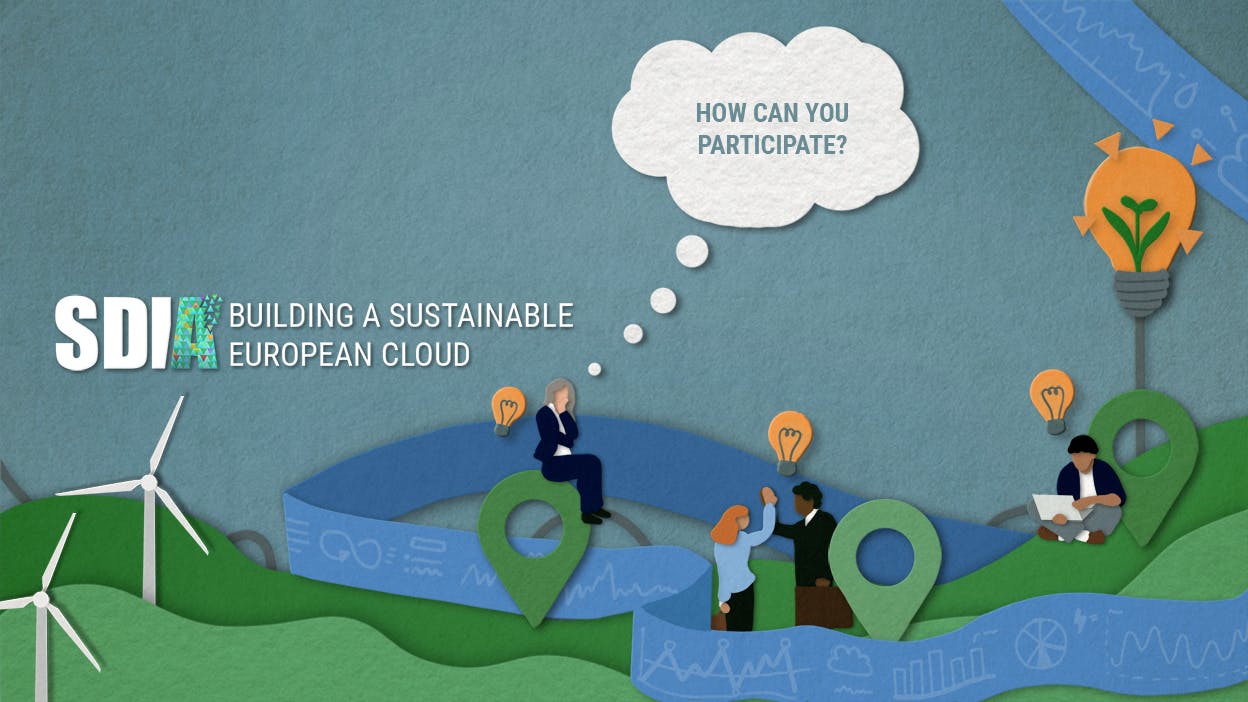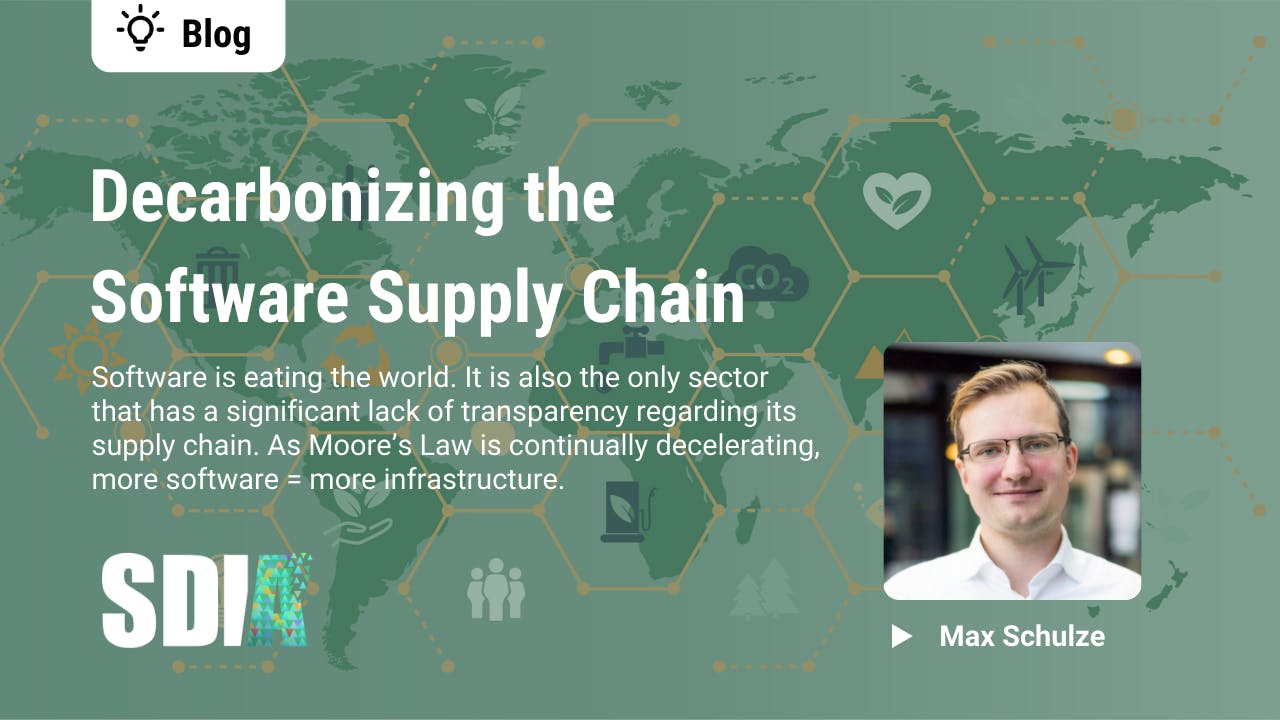A sustainable European cloud that can be open-source, fair, and create economic opportunities for all is possible – and it will soon become a reality. Such digital infrastructure will reflect European values, and provide a blueprint that others around the world can draw inspiration from to further develop their own digital economies. In our three-part blog series, we will explore how to achieve this vision. Read part two here, part three here, and a summary of all three on RIPE Labs here.
Sustainable, transparent, and inclusive �– building a sustainable European cloud will bring prosperity, growth, and innovation across the continent.
A functional European cloud would be the ideal platform for the continent’s growing digital infrastructure, and one that would offer limitless opportunities for innovation and digital transformation in both an environmentally and economically sustainable way.
Sustainable infrastructure that will last for decades
With digitalization becoming an ongoing process that is affecting almost every aspect of our lives, it is becoming inevitable that Europe needs to have a quality digital infrastructure that will last for decades.
Digital power – consisting of the networks, computational processes, and data storage capacities – is the key ingredient for new emerging technologies, and this will also help Europe’s digital economy to grow significantly over the coming years.
We strongly believe that infrastructure that produces sustainable and competitive digital power that supports emerging technologies will also attract global technology companies to build on Europe’s backbone, not just European companies (both EU and non-EU).
At the same time, infrastructure like this needs to be affordable and easy to use, leveraging existing European infrastructure, and creating inclusive growth opportunities for the pan-European community. This sustainable European digital economy can then act as a blueprint for other nations or regions to follow. Using open values, the technologies and business models that are driving this sustainable digital economy can be made available to everyone.
The need for a European cloud
Today, Europe and its ecosystems have all the necessary means at their disposal to become a leader in the global, ever-growing digital economy. This would benefit both the people – via the opportunities it can provide – and the environment – via the EU's high sustainability standards – while enhancing the competitiveness of local businesses.
At the same time, Europe can bring out its strength, exemplified by renewable energy, strong innovation and R&D capabilities, and the desire to lead in creating a sustainable economy by developing a European cloud.
Additionally, this would also embody and reflect European values. It is not about owning or building new infrastructure; it is about creating a platform that enables digital businesses and applications that would bring Europe’s existing infrastructure together, making it accessible and competitive to not just the EU’s 27 member states, but also the non-EU Western Balkan states, the European Neighborhood, and beyond.
Creating a competitive and sustainable digital environment
This digital infrastructure will offer technology companies what they are craving for: a competitive and sustainable digital environment, with affordable resources, with the right ingredients, delivering digital power that will help any company or enterprise to transform seamlessly to participate in the digital economy.
Creating a cloud that is more cost-competitive and more sustainable in both economic and environmental terms will also help drive digital innovation across the continent.
A European cloud is also going to contribute toward achieving the sustainability goals of the EU’s European Green Deal, while accelerating its progress and enabling a green transformation. At the same time, it will not create a new environmental impact itself, which makes it even more necessary given the already present climate crisis. Sustainable European cloud infrastructure is the foundation upon which new and existing sustainable software technology and digital business models can be built – ones that Europe urgently needs to realize its ambitious climate goals.
A competitive European cloud infrastructure inspires innovation, from sustainable software technology to new digital business models, that improve the lives of all Europeans. Concurrently, such innovation enables the continent to set a new precedent for climate goals, all while using digital technologies.

.jpg?ixlib=gatsbyFP&auto=compress%2Cformat&fit=max&rect=0%2C44%2C600%2C800&w=600&h=800)


